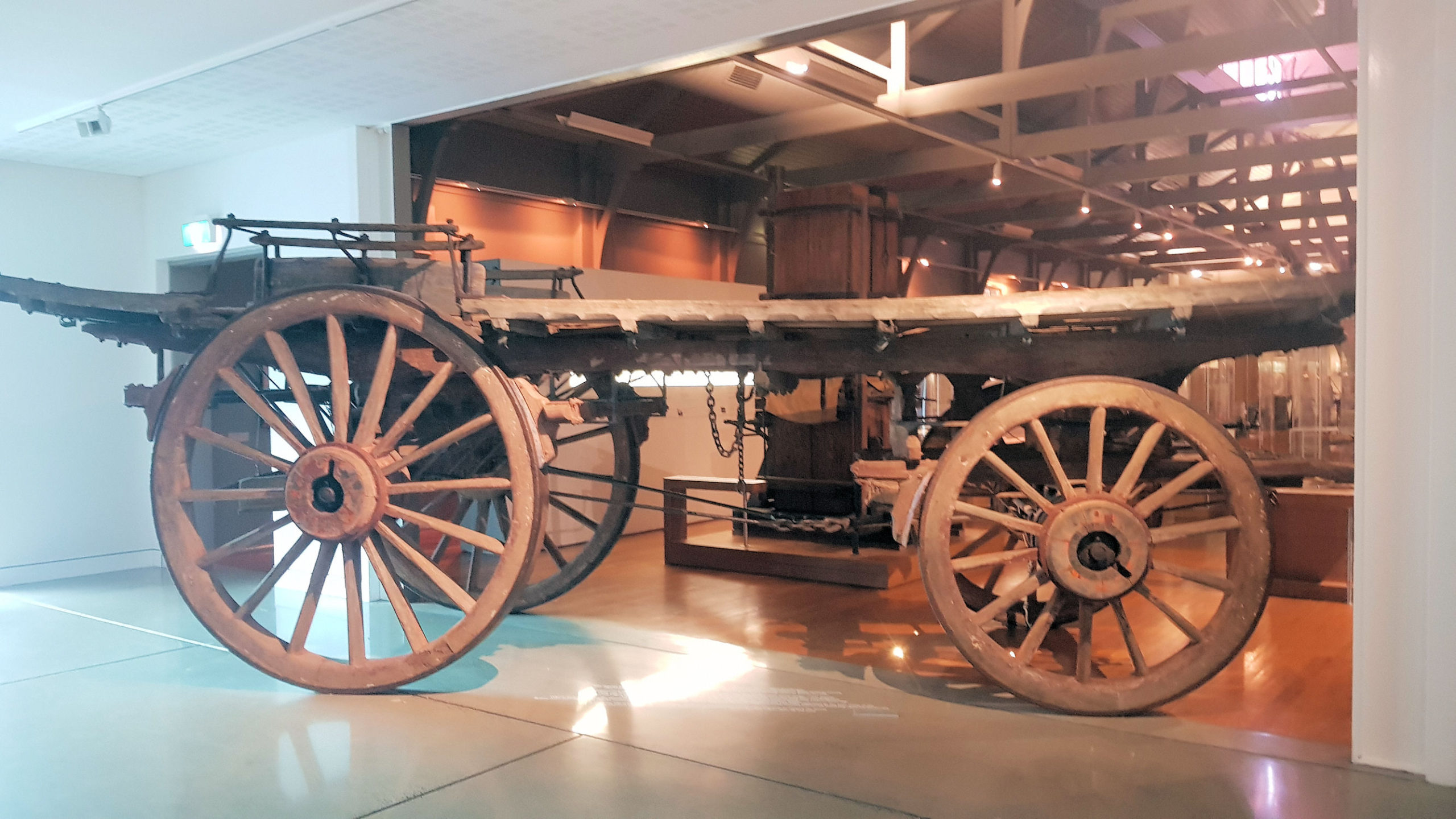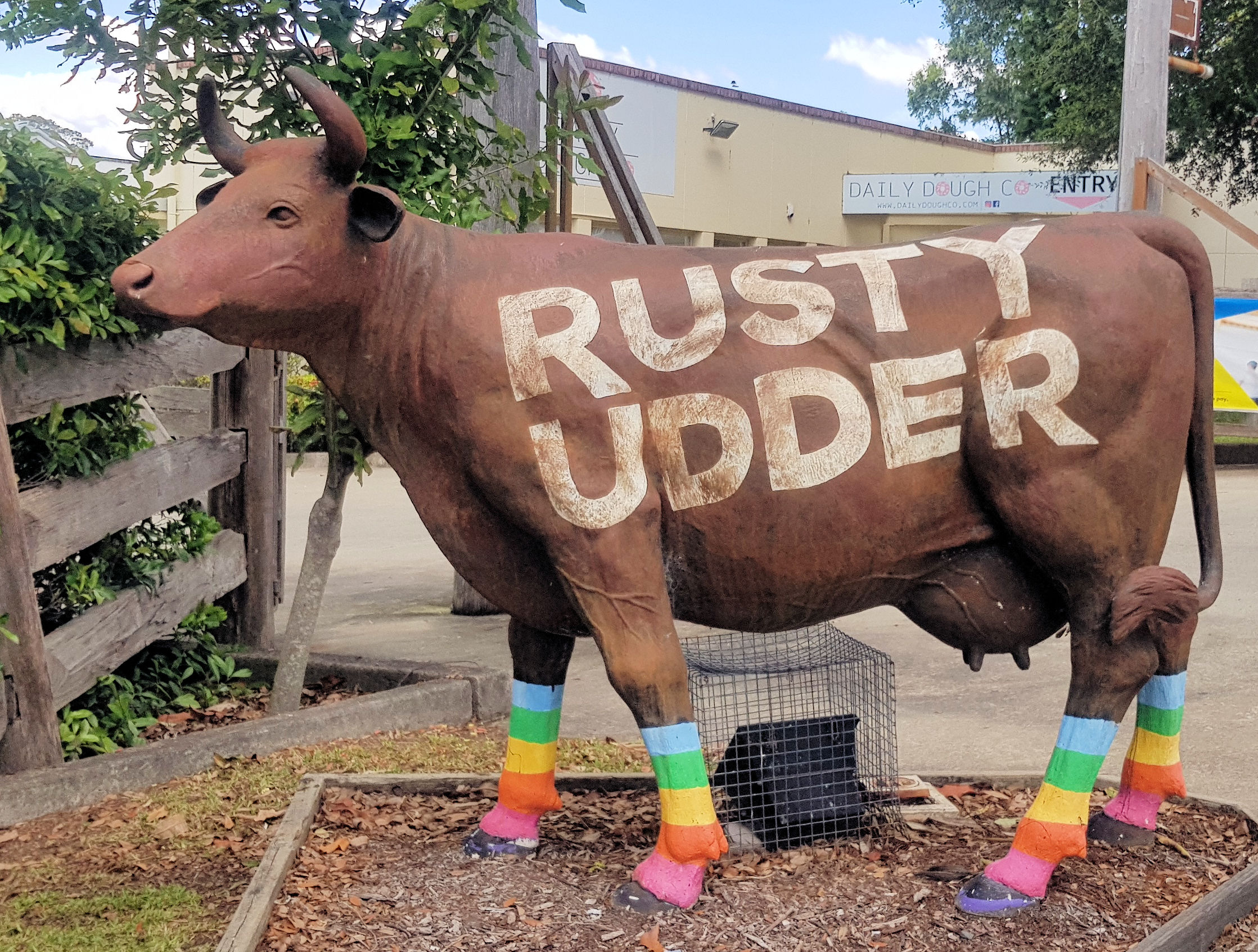Category: Historical Museum
-
Western Plains Cultural Centre

Western Plains Cultural Centre Located on Wingewarra Street Dubbo the Western Plains Cultural Centre has an excellent collection of local historical displays and art. During our visit the local final year students had their artwork on display, which was great to see. The museum section displayed a large range of items, which provided a feeling… Read more
-
Wyong Milk Factory and Tavern

Wyong Milk Factory Located at Wyong on the New South Wales Central Coast, the Wyong Milk Factory is an unusual but fun setting for a tavern and café complex. Not only does this old industrial zone have a tavern, but also contains a chocolate factory, cupcake shop, café, gym and playground. Parking Parking is available… Read more
-
Historical Maitland in the Hunter Valley

Maitland Situated on the Hunter River approximately 166 kilometres by road north of Sydney and 35 kilometres north-west of Newcastle, Maitland is a city in the Lower Hunter Valley of New South Wales. Located on the New England Highway, it is easy to get to and its heritage and proximity to the Hunter Valley vineyards… Read more